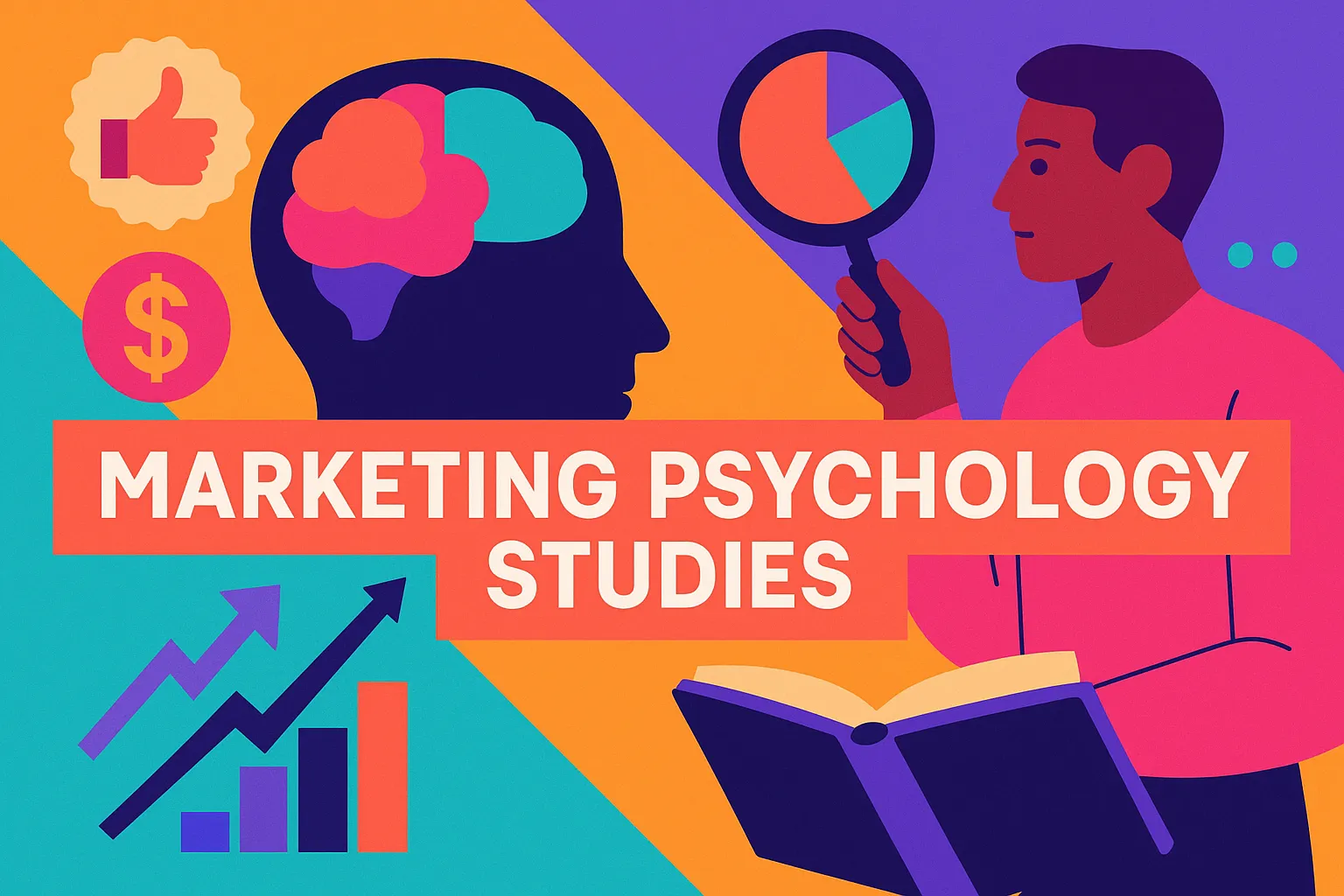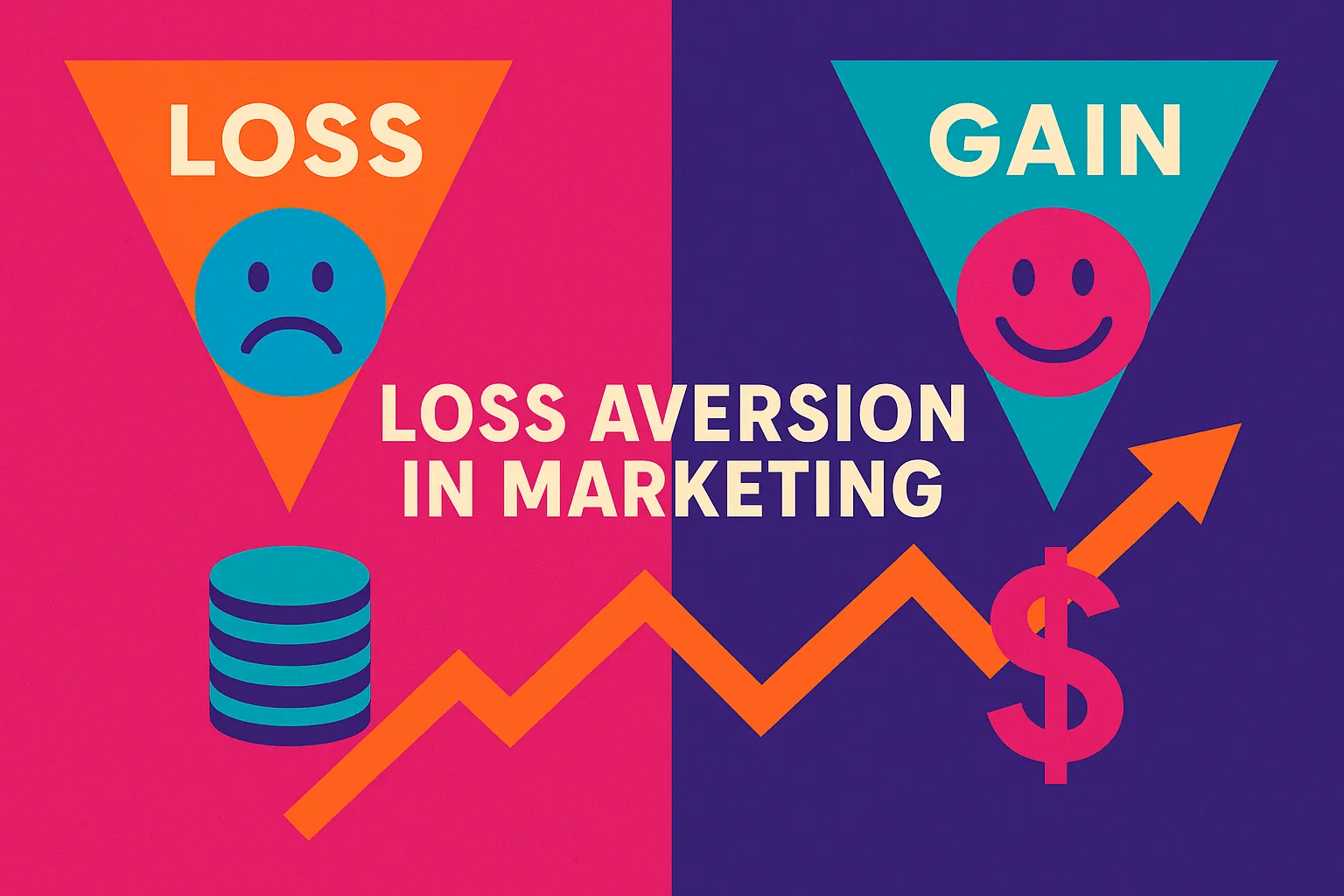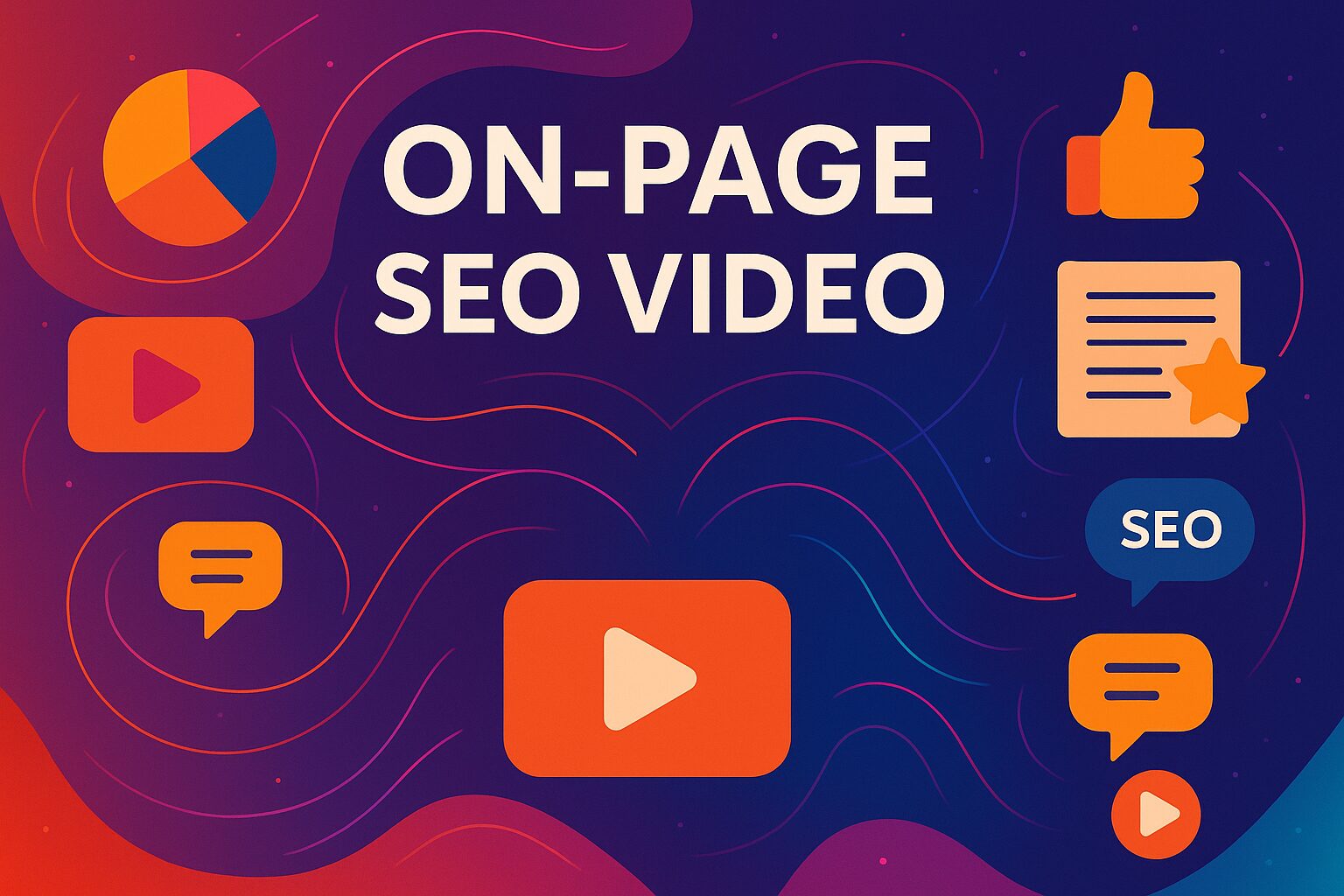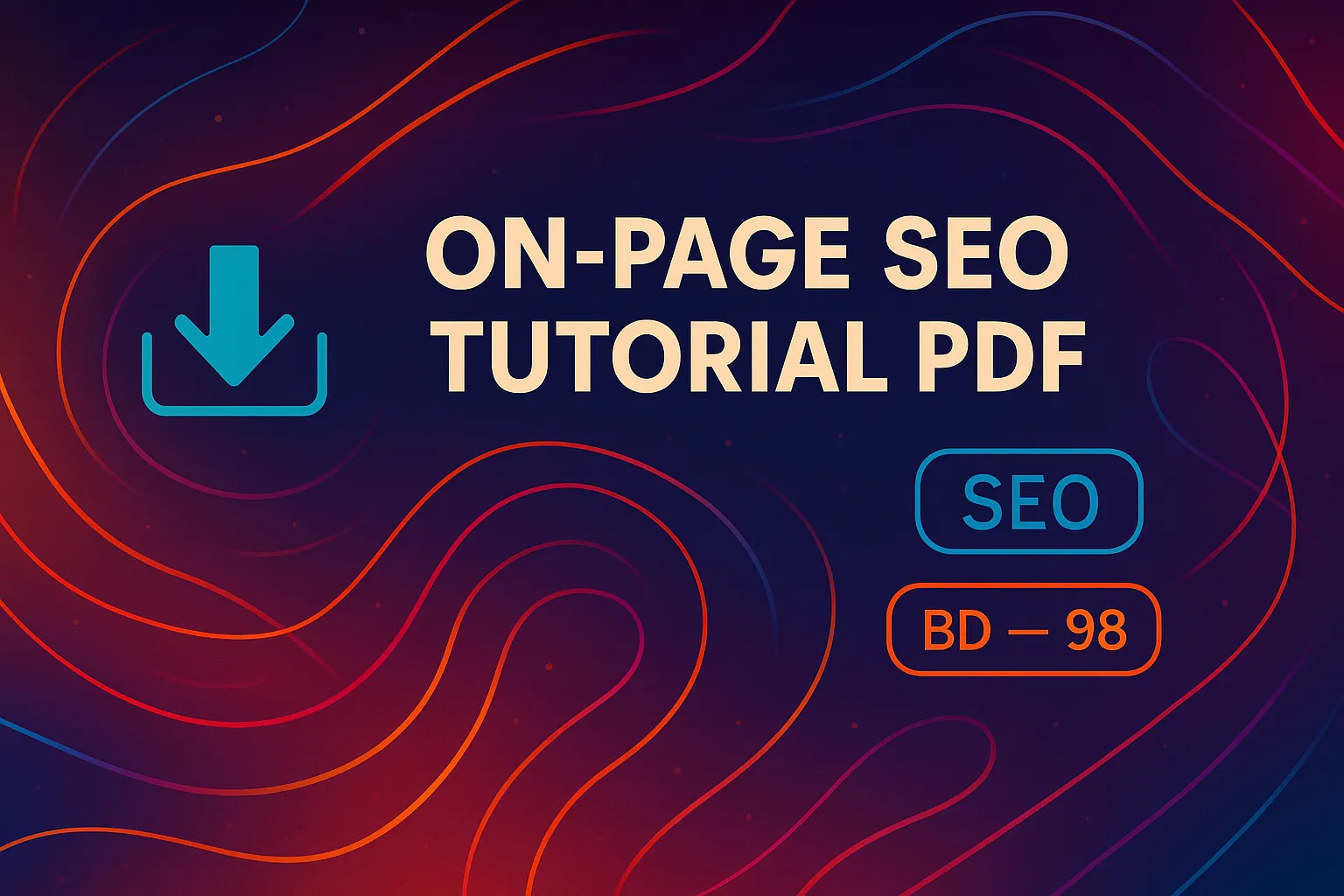What Are Marketing Psychology Studies?
Marketing psychology studies are research projects that explore how human behavior and the mind influence what people buy, why they buy it, and how they feel about brands. These studies come from psychology, neuroscience, and behavioral economics.
At their core, they help us understand what triggers people to say yes. In my 10 years running Vibe Branding, I’ve seen firsthand how powerful these studies are when used correctly.
They’re not just theory — they can increase your sales, build loyalty, and make your marketing messages stick like glue. Marketing psychology studies show us that while customers may act differently, their brains often respond the same way to certain emotional or mental triggers.
Things like scarcity, urgency, social proof, and even the wording of your offers can change how people behave. When we apply these principles across a brand’s touchpoints — from website headlines to social media captions — we can create campaigns that resonate on a deep, instinctive level.
TL;DR — What You’ll Learn in This Post
- What marketing psychology studies are and why they matter in digital marketing
- 10 proven psychological principles backed by real studies that increase conversions and loyalty
- How to apply marketing psychology studies across email, landing pages, and ads
- What ethical practices we follow when using psychological techniques at Vibe Branding
- How to test and track the effectiveness of psychology-driven campaigns
- Common pitfalls to avoid when applying psychological research
- Where to find reliable marketing psychology studies without paying a dime
- Real ways we at Vibe Branding use psychology in client campaigns
Why Should Marketers Care About Psychology-Based Research?
When I first started Vibe Branding, I made the mistake of relying only on design trends and gut feelings. Over time, we learned that great design alone isn’t enough.
You need to understand your audience’s psychological patterns. That’s when I started diving into marketing psychology studies.
From small local businesses to national campaigns, we’ve seen client results dramatically improve when strategies are built around how the brain naturally makes decisions. Here’s the thing: people don’t always buy the best product.
They buy the product that feels right. Marketing psychology studies help us tap into those feelings with intent.
Instead of guessing what will convert, we use science-backed techniques to guide our messaging. Whether it’s a CTA button that says “Get Started Today” or a landing page that uses social proof, psychology makes the difference between scrolling past and clicking through.
More importantly, these studies also tell us what not to do. Like using fake urgency, which can backfire.
Or overwhelming people with too many choices. In digital marketing, attention is currency. Psychology helps you use that attention wisely.
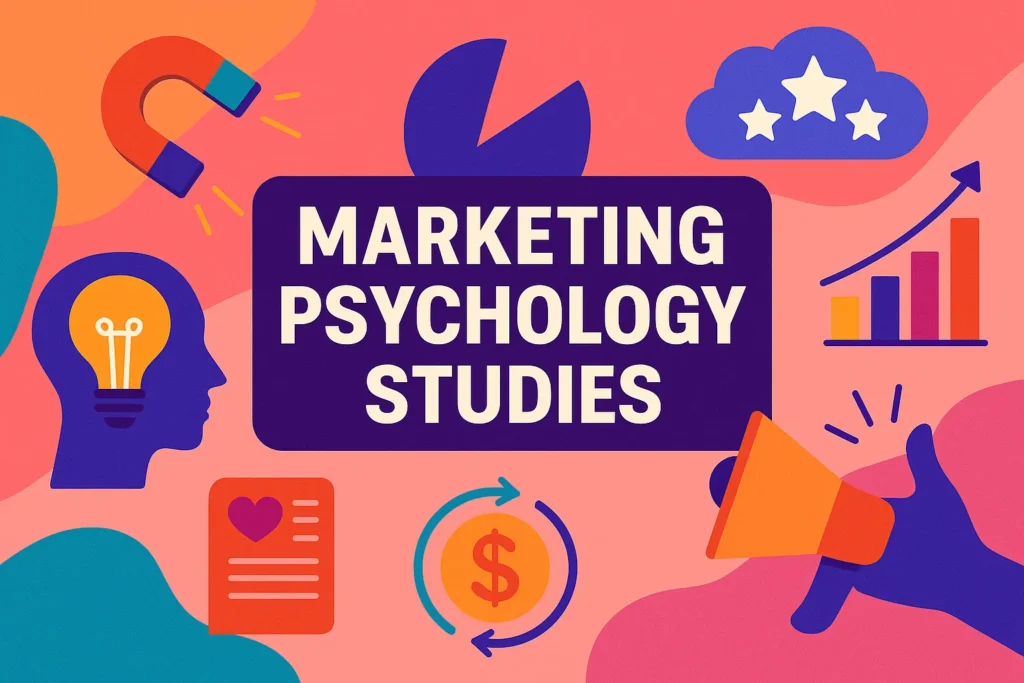
Breaking Down 10 Core Psychological Triggers That Work
Let’s dive into the core principles that we consistently see across marketing psychology studies. At Vibe Branding, these aren’t just theories — we actively test them in real campaigns.
Here’s how they work in real life. First, scarcity and urgency always get attention.
A study by Howard Leventhal showed that people are more likely to act when they feel something is limited — but only if you give them clear next steps. That’s why a “limited offer” banner only works when it’s followed by a “click here to claim” message.
Second, social proof still rules. Robert Cialdini’s research shows we follow others’ actions when we’re unsure. Reviews, testimonials, or even phrases like “2,300 marketers use this tool” can drive more clicks.
In our campaigns, we’ve seen landing pages with testimonials convert 21% better than those without. Third, the anchoring effect changes how people see price.
If you first show a product at $1,000 per year, then reframe it as $84 per month, it feels more manageable. It’s the same amount, but framed differently.
This is one of our go-to techniques for SaaS and service businesses. Fourth, people want instant results. MRI studies show that our mid-brains light up when we get things immediately.
So in headlines, phrases like “Get it today” or “Start now” outperform phrases like “See if you qualify.” We use this every day in our PPC ads.
Fifth, reciprocity wins loyalty. In one campaign, we surprised our client’s customers with a free gift after checkout.
Return rates dropped, and review rates increased. This echoes the study by Norbert Schwarz — it’s not the size of the gift, it’s the fact that something good happened to the customer.
Let’s pause for a quick table breakdown of the top 5 triggers and their effects.
Psychological Trigger | Based On Study By | How It Affects Behavior | Application Tip |
Scarcity/Urgency | Leventhal, Cialdini | Sparks action, fear of missing out | Pair with clear CTA and limited-time copy |
Social Proof | Robert Cialdini | Builds trust and conformity | Show real testimonials, numbers, UGC |
Anchoring | Tversky & Kahneman (1974) | Changes value perception | Reframe high prices with context |
Instant Gratification | Neuromarketing MRI Studies | Triggers reward system in the brain | Use fast delivery, “now” language |
Reciprocity | Norbert Schwarz | Builds goodwill and loyalty | Surprise customers post-purchase |
Testing and Metrics That Actually Matter
The biggest mistake marketers make is thinking click-through rate is the only success metric. Don’t get me wrong — CTR matters.
But when we use marketing psychology studies at Vibe Branding, we track behavior all the way to retention. We want to know: Did the user stay engaged?
Did they buy again? Did they refer someone?
We run A/B tests frequently, but not just button color swaps. We test headline emotions, pricing frame formats, urgency language, and even testimonial placement.
If a study suggests a change in word choice can shift behavior, we want to test that with a real audience. One time we swapped “Sign Up Now” with “Start Your Free Journey” and saw a 19% lift in engagement for a wellness brand.
That insight was worth thousands. Metrics we swear by:
- Scroll depth (especially on landing pages)
- Time on site
- Conversion-to-sale ratios
- Return visit behavior
- Post-purchase satisfaction (via NPS or short surveys)
Psychology-driven marketing isn’t just about first clicks — it’s about long-term resonance. The more your messaging aligns with how people think and feel, the more loyalty you earn.
Where We Find Trustworthy Marketing Psychology Studies
You don’t need a PhD or a massive research budget to benefit from these insights. We stay current by tracking research from a few great sources:
- Google Scholar (free, peer-reviewed papers)
- Journals like “Frontiers in Psychology”
- Harvard Business Review (great case-based psychology content)
- Neuromarketing blogs and newsletters (we love Roger Dooley)
- LinkedIn posts from behavior scientists and marketers
Most importantly, we test every insight ourselves. Just because it worked in a lab doesn’t mean it’ll work on your Instagram ad.
Context is everything. But these studies give us powerful starting points, and we adjust them for each brand’s voice and audience.

Pitfalls to Avoid When Using Psychology in Marketing
I’ve made all of these mistakes — and learned from them. Here’s what to watch out for:
- Don’t overuse urgency. If everything is a “limited time offer,” nothing feels urgent.
- Avoid dark patterns. Tricks that get clicks but kill trust aren’t worth it.
- Don’t forget cultural context. A study done in the U.S. might not apply in Asia or the Middle East.
- Avoid stacking too many triggers at once — you’ll just confuse people.
- Don’t misread correlation as causation. Not every data point proves your theory.
Smart marketers use psychology as a compass, not a crutch. It’s about serving, not steering.
How Top Brands Build a Test-and-Learn Culture
At Vibe Branding, we help clients adopt a simple philosophy: always be testing. The best brands don’t launch once and walk away.
They evolve, test, refine. They build feedback loops into their marketing.
We start with a hypothesis. Something like, “If we reframe this CTA to reduce friction, conversions will rise.”
Then we build A/B variants and track the data. If it works, great — we scale.
If not, we test again. That’s the culture of experimentation.
We also train teams to spot micro-signals. If a testimonial resonates unusually well, we dig deeper.
If one subject line doubles open rates, we analyze the tone and structure. It’s a constant refinement loop powered by the same studies we’ve referenced throughout this post.
This approach isn’t just for big corporations. Any business, no matter the size, can apply marketing psychology studies with rigor.
You don’t need perfection. You just need curiosity, a spreadsheet, and a little bravery.
Final Thoughts
Marketing psychology studies aren’t magic. But when used with care, testing, and empathy, they become your best competitive advantage.
After 10 years in the field, I can confidently say these principles have shaped how we work, how we design, and how we connect with people. At Vibe Branding, we use psychology not to manipulate, but to listen.
We believe the better we understand people, the better we can serve them. And that’s the heart of great marketing.

